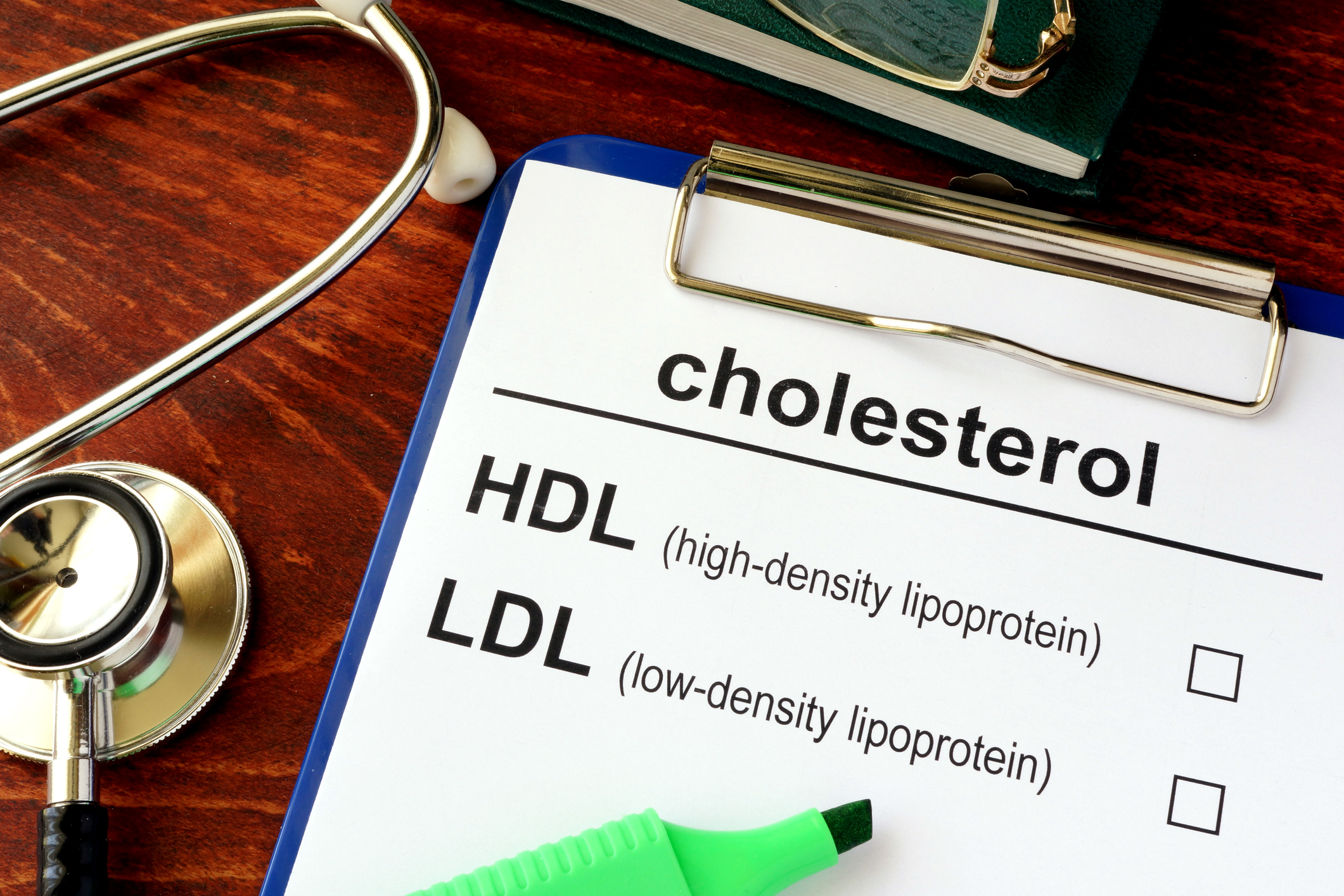Announced at this past weekend’s American Heart Association Scientific Conference, new cholesterol guidelines will offer patients a more personalized approach to lowering the risk for cardiovascular disease.
According to a report by CNN, the 2013 guidelines omitted a number of important factors such as family history and did not address patients over 75 or younger than 40. Updated recommendations for 2018 help provide patients with a more detailed risk assessment and more treatment options. High cholesterol is a significant factor that increases the risk for heart attack and stroke. Maintaining a healthy cholesterol level at any age, along with following a heart-healthy lifestyle, can lower the risk for heart disease.
The new guidelines recommend an expanded age range for treatment as well as possibly using coronary artery calcium scores for some patients. The new guidelines also mark a return to the use of LDL (bad) cholesterol target levels and the introduction of another drug in addition to statin therapy, ezetimibe, in patients whose LDL levels fail to lower. For patients at very high risk, a PCSK9 inhibitor may also be added, according to the new guidelines.
How high is too high?
According to John’s Hopkins Medicine, an LDL cholesterol level of more than 160 is considered very high. New guidelines also recommend that doctors work closely with patients to determine risk factors and what lifestyle changes and medications may help lower the chances for cardiovascular disease and promote a long and healthy life.
In addition to drugs to help lower bad cholesterol levels, eating a healthy diet, getting regular exercise, stopping smoking and maintaining a healthy weight can also lower the risk for developing heart disease, high blood pressure and diabetes.
Heart disease is the leading cause of death among American women and according to the American Heart Association, kills 1 in 3 Americans totaling 836,000 people each year. Learn more about the updated cholesterol guidelines by following this link to the American Heart Association Newsroom.






Add Your Voice
0 Comments
Join the Discussion